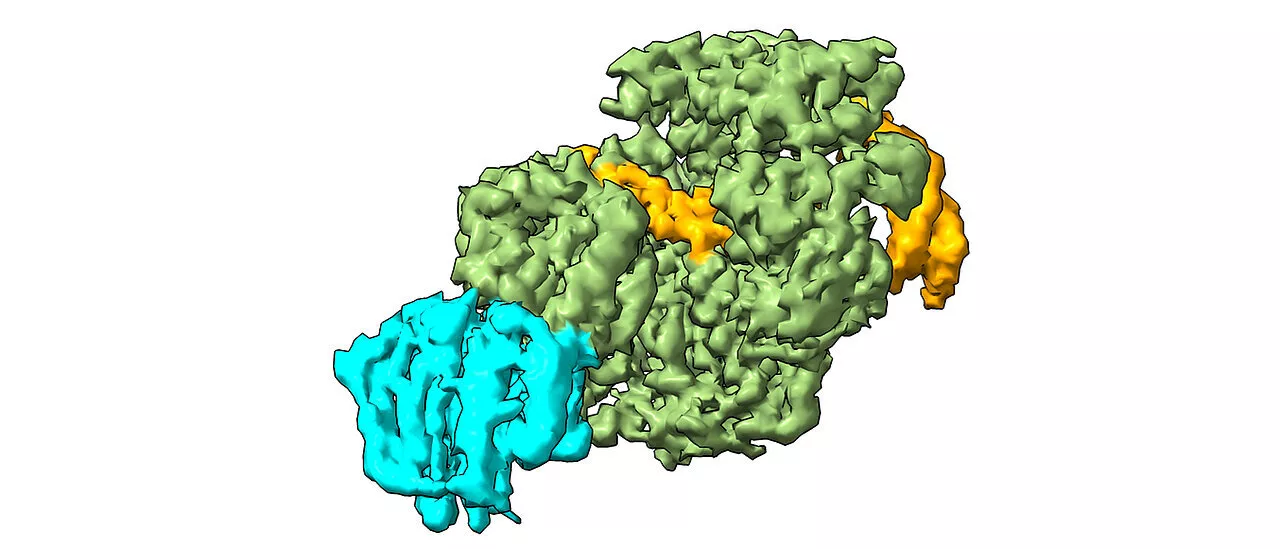Researchers have discovered how the protein XPD detects severe DNA damage and controls its repair.
DNA repair mechanism further elucidated in cryo-electron microscopy experiment retrieved 28 May 2024 from https://phys.org/news/2024-05-dna-mechanism-elucidated-cryo-electron.html
This document is subject to copyright. Apart from any fair dealing for the purpose of private study or research, no part may be reproduced without the written permission. The content is provided for information purposes only.May 27, 2024 You leave a 'microbe fingerprint' on every piece of clothing you wear—and it could help forensic scientists solve crimesUse this form if you have come across a typo, inaccuracy or would like to send an edit request for the content on this page. For general inquiries, please use ourThank you for taking time to provide your feedback to the editors.
Your feedback is important to us. However, we do not guarantee individual replies due to the high volume of messages.to let the recipient know who sent the email. Neither your address nor the recipient's address will be used for any other purpose. The information you enter will appear in your e-mail message and is not retained by Phys.org in any form.Get weekly and/or daily updates delivered to your inbox.
Physics News Science News Technology News Physics Materials Nanotech Technology Science
United States Latest News, United States Headlines
Similar News:You can also read news stories similar to this one that we have collected from other news sources.
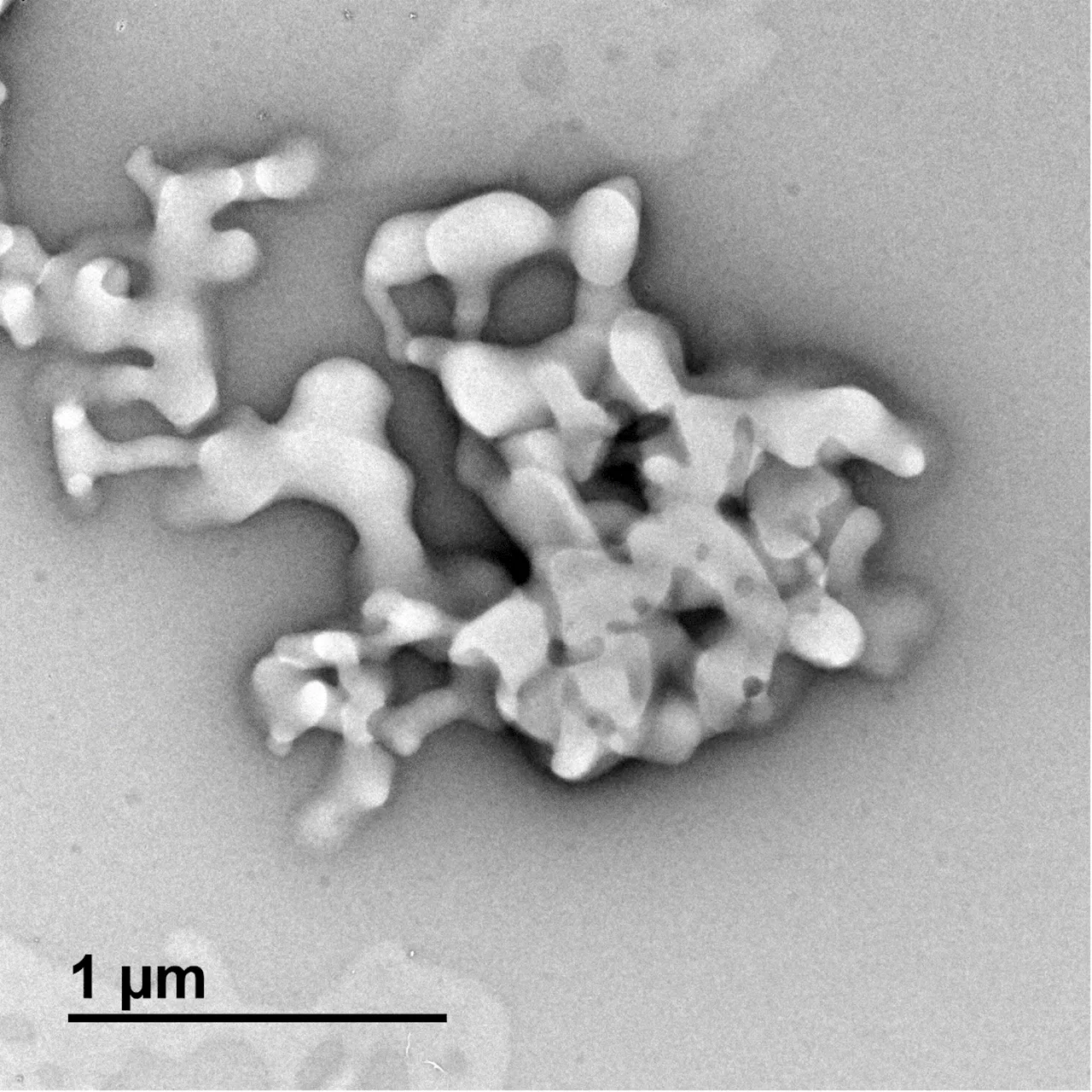 Clumps of an otherwise non-toxic molecule inhibit strep's DNA-cleaving enzymes, researchers discoverAn entirely new approach to inhibiting DNA-cleaving enzymes works through the aggregation of an otherwise non-toxic molecule. This Kobe University discovery may lead to a much-needed method for curbing Streptococcus growth.
Clumps of an otherwise non-toxic molecule inhibit strep's DNA-cleaving enzymes, researchers discoverAn entirely new approach to inhibiting DNA-cleaving enzymes works through the aggregation of an otherwise non-toxic molecule. This Kobe University discovery may lead to a much-needed method for curbing Streptococcus growth.
Read more »
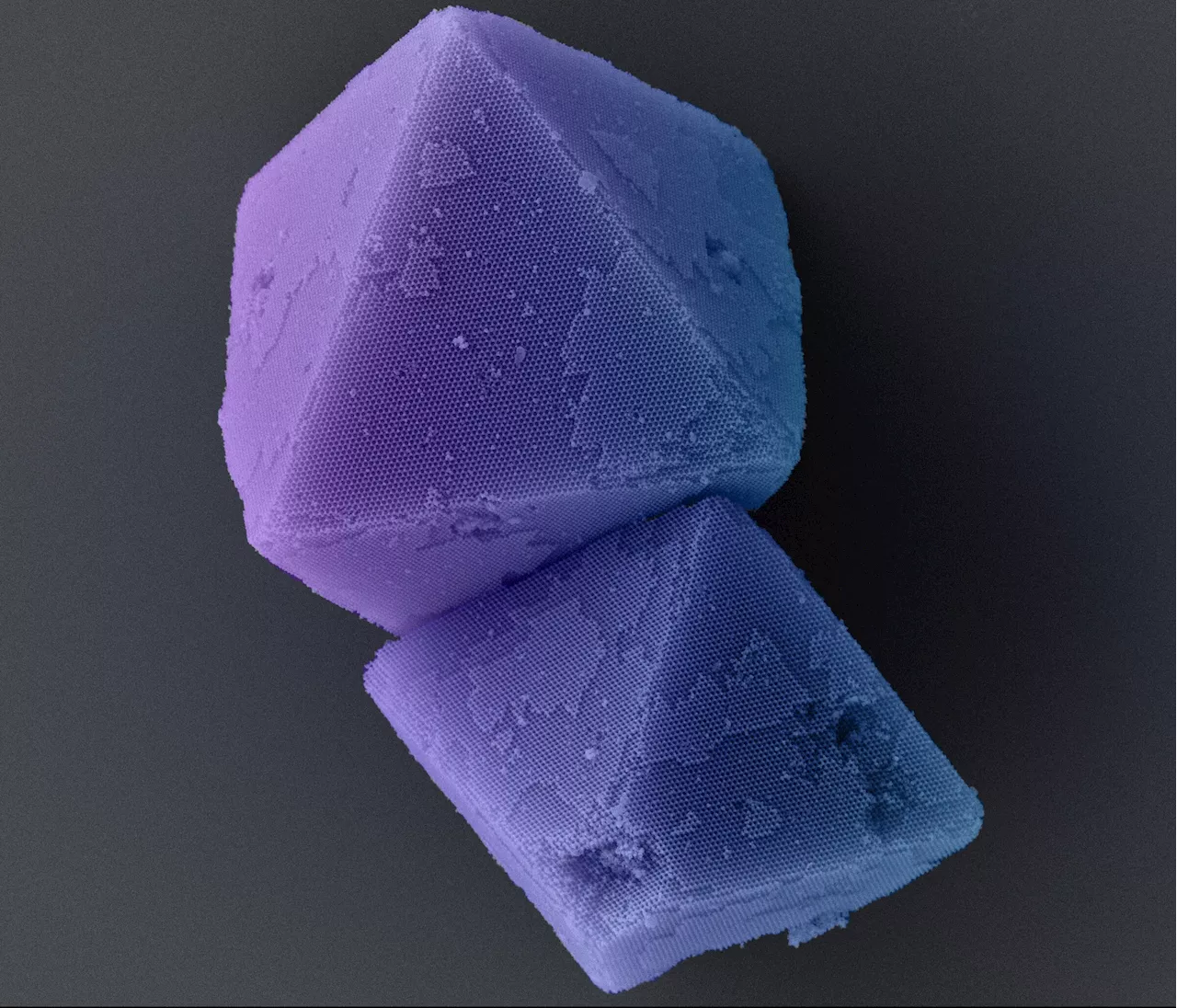 Using DNA origami, researchers create diamond lattice for future semiconductors of visible lightThe shimmering of butterfly wings in bright colors does not emerge from pigments. Rather, photonic crystals are responsible for the play of colors. Their periodic nanostructure allows light at certain wavelengths to pass through while reflecting other wavelengths.
Using DNA origami, researchers create diamond lattice for future semiconductors of visible lightThe shimmering of butterfly wings in bright colors does not emerge from pigments. Rather, photonic crystals are responsible for the play of colors. Their periodic nanostructure allows light at certain wavelengths to pass through while reflecting other wavelengths.
Read more »
 Researchers identify the 18 World War II executed civilians of Adele, Rethymnon, using ancient DNA analysisA pioneering, national-level study has been conducted by the research group of Paleogenomics and Evolutionary Genetics of the Institute of Molecular Biology and Biotechnology (IMBB) of the Foundation for Research and Technology–Hellas (FORTH).
Researchers identify the 18 World War II executed civilians of Adele, Rethymnon, using ancient DNA analysisA pioneering, national-level study has been conducted by the research group of Paleogenomics and Evolutionary Genetics of the Institute of Molecular Biology and Biotechnology (IMBB) of the Foundation for Research and Technology–Hellas (FORTH).
Read more »
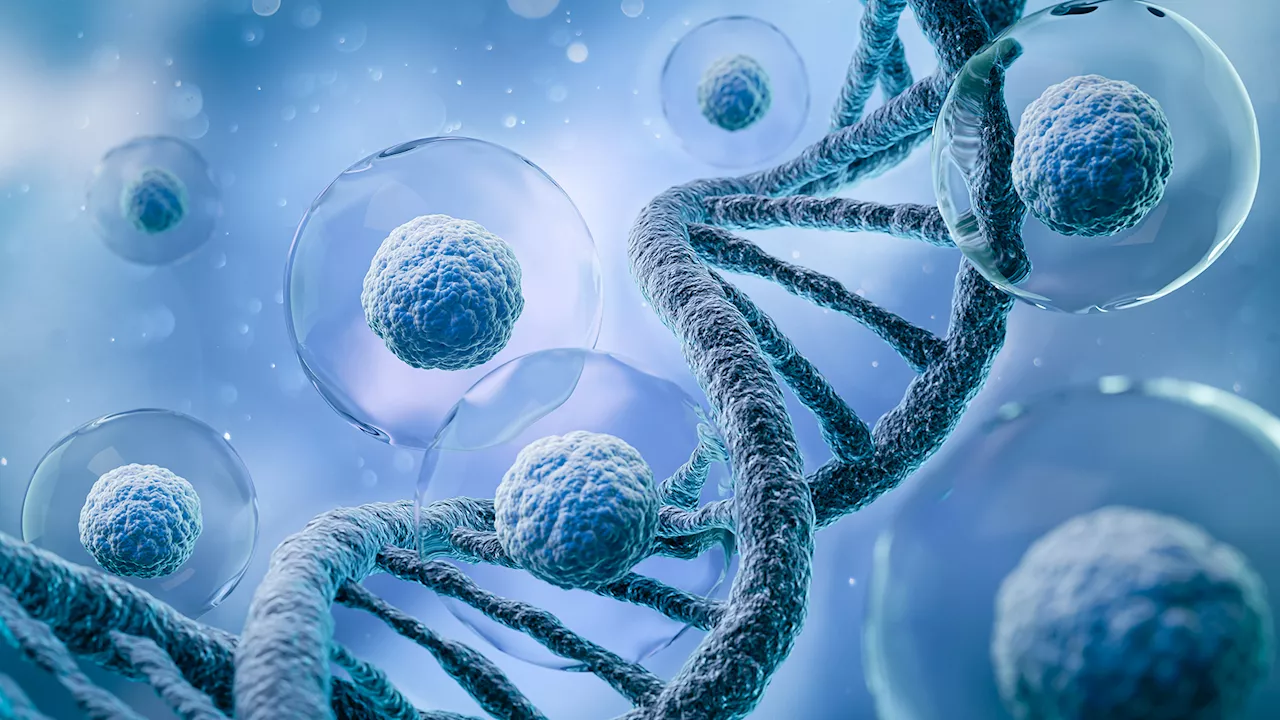 This autonomous DNA nano turbine could redefine drug deliveryResearchers utilized DNA origami to engineer nanoscale turbines with potential applications in drug discovery.
This autonomous DNA nano turbine could redefine drug deliveryResearchers utilized DNA origami to engineer nanoscale turbines with potential applications in drug discovery.
Read more »
 Researchers publish guide to the naturalized and invasive plants of MalawiCABI has published a 'Guide to the Naturalized and Invasive Plants of Malawi'—a country home to the UNESCO World Heritage site, Lake Malawi, the fifth largest freshwater lake in the world by volume and home to about 700 species of cichlids.
Researchers publish guide to the naturalized and invasive plants of MalawiCABI has published a 'Guide to the Naturalized and Invasive Plants of Malawi'—a country home to the UNESCO World Heritage site, Lake Malawi, the fifth largest freshwater lake in the world by volume and home to about 700 species of cichlids.
Read more »
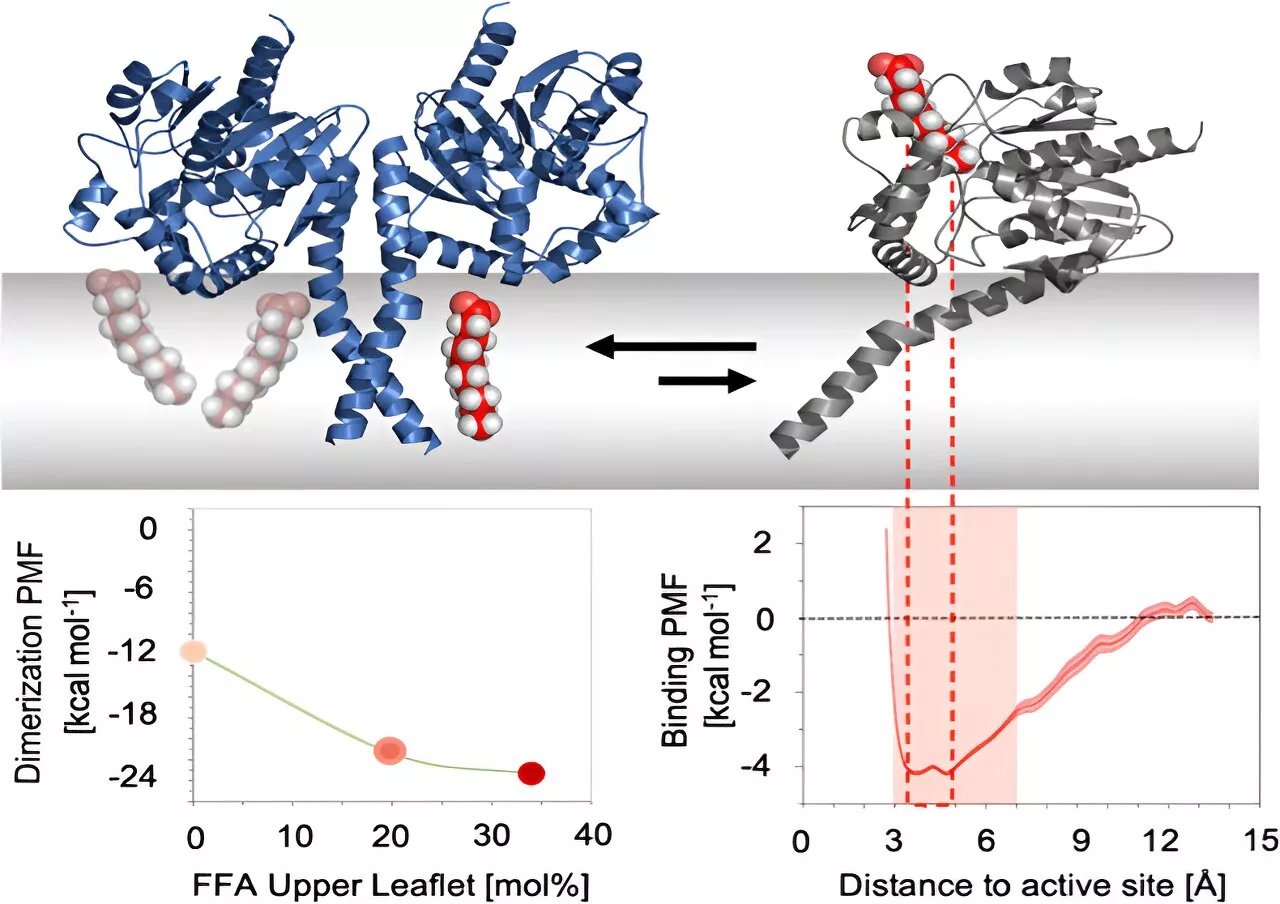 Researchers find new approach for antibiotic developmentThe opportunistic bacterial pathogen Pseudomonas aeruginosa is dangerous due to its resistance to multiple antibiotics. A research team from Heinrich Heine University Düsseldorf (HHU) and Jülich Research Center (Forschungszentrum Jülich—FZJ) has now found a mechanism that makes it possible to weaken the virulence of the pathogen.
Researchers find new approach for antibiotic developmentThe opportunistic bacterial pathogen Pseudomonas aeruginosa is dangerous due to its resistance to multiple antibiotics. A research team from Heinrich Heine University Düsseldorf (HHU) and Jülich Research Center (Forschungszentrum Jülich—FZJ) has now found a mechanism that makes it possible to weaken the virulence of the pathogen.
Read more »
